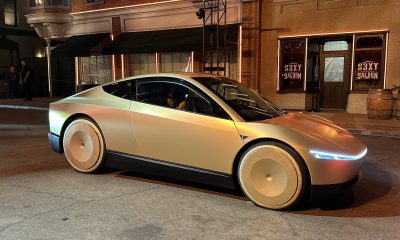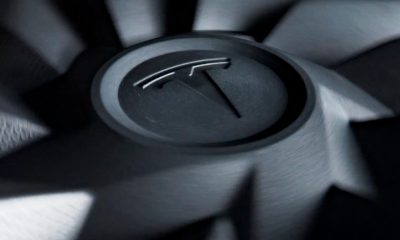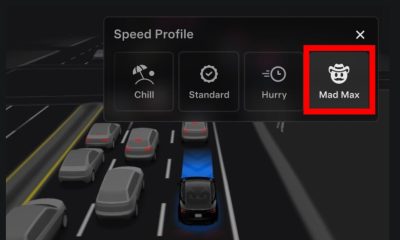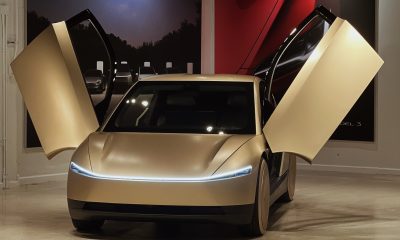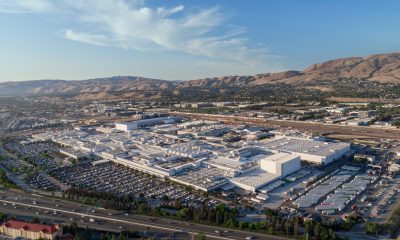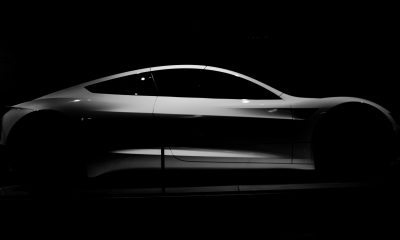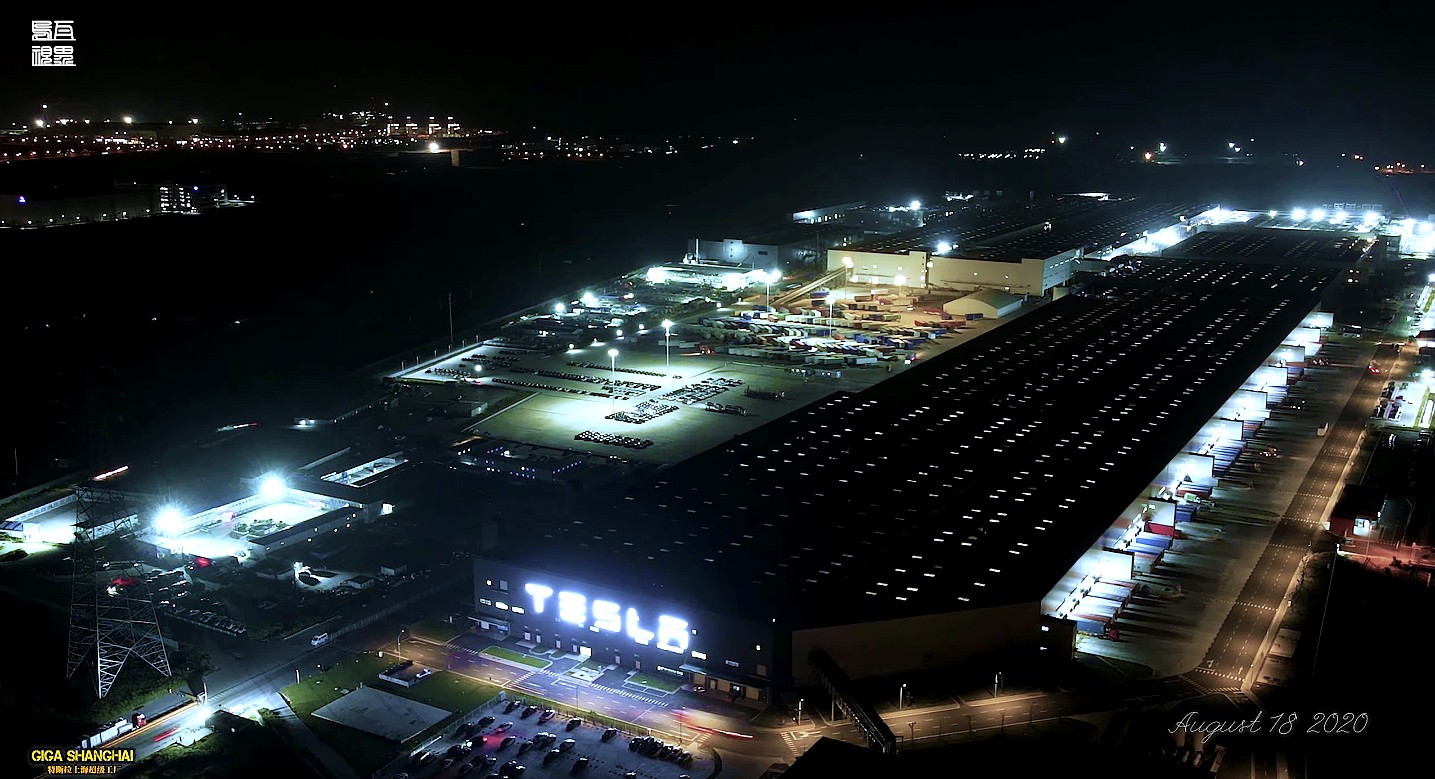
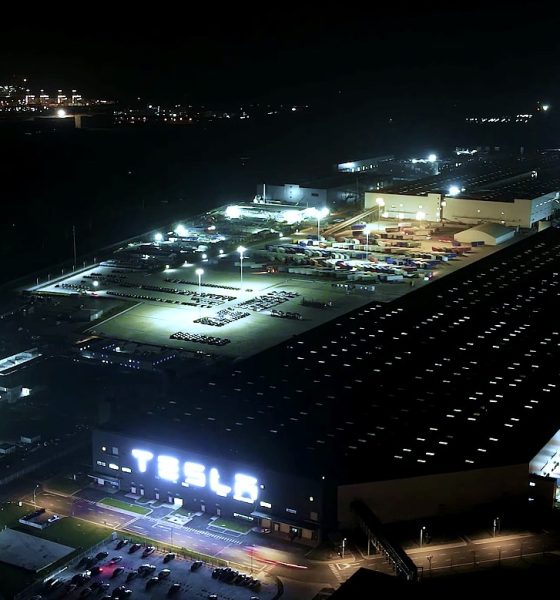
Investor's Corner
Ex-Goldman CIO slams Tesla coverage that cited TSLAQ points on S&P 500 inclusion
After four profitable quarters, expectations are high that Tesla (NASDAQ:TSLA) will be included in the S&P 500. The electric car maker posted four profitable quarters as of Q2 2020, effectively meeting the requirements to be included in the esteemed index. Yet if a recent article on Bloomberg was any indication, there are allegedly doubts about Tesla’s eligibility to be included in the S&P 500.
Citing points from DataTrek Research, Bloomberg noted that there are doubts about whether Tesla has really qualified for the index. According to the article, doubts are likely present due to the company’s profits being tied to the sale of regulatory credits. Nicholas Colas, DataTrek’s co-founder, argued that if these credits were not counted, then Tesla would not be able to post its profitable quarters, since the money the company earns from its core business is simply too “skimpy” or “volatile.”
“This puts the S&P committee in charge of adding names to the 500 in a real bind, because while to the letter of their ‘law’ Tesla qualifies for inclusion this is purely due to regulatory arbitrage — not fundamental profitability from designing, manufacturing and selling cars,” Colas argued.
I told the reporter her article presents a fringe view of what S&P may or may not be thinking, painted by the $TSLAQ community. The view is not supported by any research. Had the Fremont plant not been shut down for 8 weeks, $tsla would have made a profit w/o reg credits.— Gary Black (@garyblack00) August 25, 2020
The points outlined in the recent Bloomberg piece were called out by former Equities Goldman Sachs Asset Mgmt CIO Gary Black, who penned a letter explaining how the article misses a number of key points behind Tesla’s profitable quarters. Black, who has also served as the CEO of Aegon Asset Mgmt US, the Co-CIO of Calamos, and the CEO/CIO of Janus Capital Group, admonished the publication for essentially parroting TSLAQ talking points. According to Black, doubts about the electric car maker’s regulatory credit earnings only represent a niche view, especially this relation to the electric car maker’s possible inclusion into the S&P 500.
“Your Tesla story and headline today is at best one-sided and at worst, irresponsible. It presents a fringe view of what S&P is likely thinking, painted by the TSLAQ short community that has been trying to get a journalist to champion this view for weeks. You could have at least offered the mainstream view of what investors are thinking, consistent with the sharp rise in the Tesla stock price over the past two weeks.
“Tesla delivered a profitable 2Q in the midst of the worst economic downturn in 70 years, even with its main factory in Fremont, CA shut down for 8 of the 13 weeks of the quarter because of COVID19. If the Fremont Factory had been allowed to stay open, Tesla would have easily turned a profit without any regulatory credits. The rest of the auto industry lost $10B in 2Q. That Tesla was able to eke out a profit despite this backdrop is likely a feat S&P will find extraordinary. To say that this issue puts the S&P in a real bind in deciding on whether Tesla should be included in the S&P 500 is unsupported by research, and is almost certainly false.”
Please see attached email I sent to the Bloomberg reporter, who is severely misinformed. $tsla $tslaq https://t.co/4DjTYEr2aU pic.twitter.com/BBpyitfhaN— Gary Black (@garyblack00) August 25, 2020
Tesla Chief Finance Officer Zachary Kirkhorn has noted that he expects revenue from regulatory credits to roughly double this year. That being said, the company is also well aware that earnings from regulatory credits will only last as long as other automakers refuse to go all-in on zero-emissions transportation. As for the S&P itself, the index has been quite silent about Tesla, with S&P Dow Jones spokesman Ray McConville declining to issue a comment on Bloomberg’s article. Tesla has also remained quite silent about the subject.
Disclosure: I have no ownership in shares of TSLA and have no plans to initiate any positions within 72 hours.
Elon Musk
Tesla analyst: ‘near zero chance’ Elon Musk’s $1T comp package is rejected
“There is a near-zero chance that $TSLA shareholders will vote down Elon’s new proposed comp plan at the Nov 6 shareholders’ meeting.”
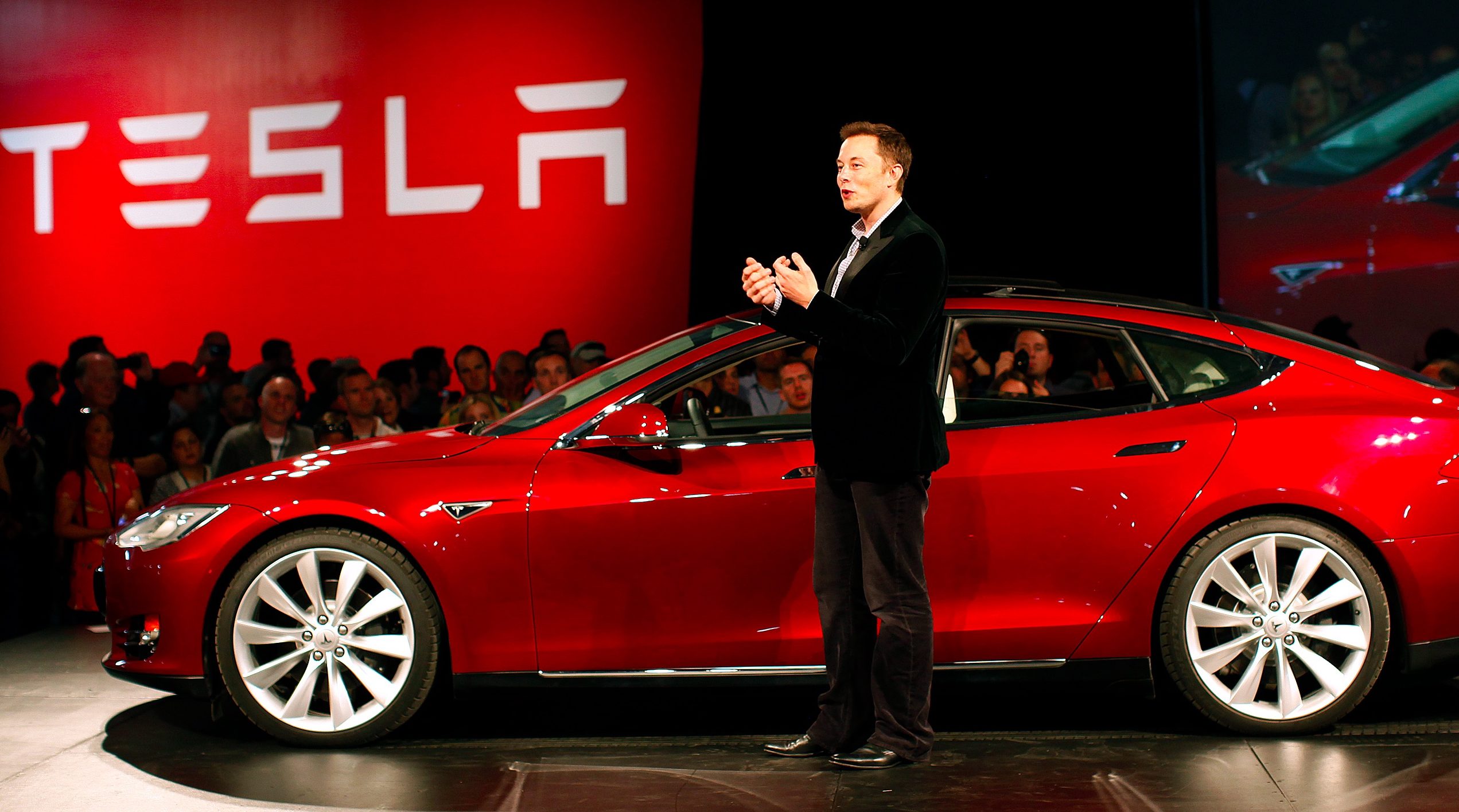
A Tesla analyst says there is “zero chance” that CEO Elon Musk’s new compensation package is rejected, a testament to the loyalty and belief many shareholders and investors have in the frontman.
Tesla investors will vote on November 6 at the annual Shareholder Meeting to approve a new compensation package for Musk, revealed by the company’s Board of Directors earlier this month.
The package, if approved, would give Musk the opportunity to earn $1 trillion in stock, an ownership concentration of over 27 percent (a major request of Musk’s), and a solidified future at the company.
The Tesla Community on X, the social media platform Musk bought in 2023, is overwhelmingly in favor of the pay package, though a handful of skeptics remain.
Nevertheless, the big pulls of this vote are held by proxy firms and other large-scale investors. Two of them, Institutional Shareholder Services (ISS) and Glass Lewis, said they would be voting against Musk’s proposed compensation plan.
Tesla CEO Elon Musk’s $1 trillion pay package hits first adversity from proxy firm
Today, the State Board of Administration of Florida (SBA) said it would vote in favor of Musk’s newly-proposed pay day, making it the first large-scale shareholder to announce it would support the CEO’s pay.
One analyst said that Musk’s payday is inevitable. Gary Black of the Future Fund said today there is a “near-zero chance” that shareholders will allow Musk’s pay package to be rejected:
“There is a near-zero chance that $TSLA shareholders will vote down Elon’s new proposed comp plan at the Nov 6 shareholders’ meeting.”
He added an alternative perspective from Wedbush’s Dan Ives, who said that he had a better chance of starting for the New York Yankees than the comp package not being approved.
There is a near zero chance that $TSLA shareholders will vote down Elon’s new proposed comp plan at the Nov 6 shareholders’ meeting. As Wedbush analyst Dan Ives (@divestech) colorfully put it in a Yahoo Finance interview on October 23rd: “I have a better chance of starting for…
— Gary Black (@garyblack00) October 27, 2025
Black’s the Future Fund sold its Tesla holdings earlier this year. He explained that the firm believed the company’s valuation was too disconnected from fundamentals, citing the P/E ratio of 188x and declining earnings estimates.
The firm maintained its $310 price target, and shares were trading at $356.90 that day.
Shares closed at $452.42 today.
The latest predictions from betting platform Kalshi have shown Musk’s comp package has a 94 percent chance of being approved:
— Kalshi (@Kalshi) October 20, 2025
Investor's Corner
Tesla analysts are expecting big things from the stock

Tesla analysts are expecting big things from the stock (NASDAQ: TSLA) after many firms made price target adjustments following the Q3 Earnings Call.
Last Wednesday, Tesla reported earnings with record revenue but missed EPS estimates.
It blew delivery expectations out of the water with its strongest quarter in company history, but Tesla’s future relies on the development of autonomous vehicles, robotics, and AI, which many bullish firms highlight as major strengths.
The earnings call reiterated those points, along with the belief that Tesla CEO Elon Musk should be rewarded with a newly proposed pay package that would enable him to gain $1 trillion in wealth if he comes through on a lengthy list of performance tranches.
Nine Wall Street firms made adjustments to their outlook on Tesla shares in the form of price target increases since last Wednesday’s call, all of which are indications of big expectations for the stock moving forward.
Here are the nine firms that made moves:
- Truist – $280 to $406, reiterated Hold rating
- Roth MKM – $395 to $404, reiterated Buy rating
- Cantor Fitzgerald – $355 to $510, reiterated Overweight rating
- Deutsche Bank – $435 to $440, reiterated Buy rating
- Mizhuo – $450 to $485, reiterated Outperform rating
- New Street Research – $465 to $520, reiterated Buy rating
- Evercore ISI – $235 to $300, reiterated In Line rating
- Freedom Capital Markets – $338 to $406, upgraded to Hold rating
- China Renaissance – $349 to $380, reiterated Hold rating
The boosts in price target are largely due to Tesla’s future projects, as Roth MKM, Cantor Fitzgerald, Mizuho, New Street Research, and Evercore ISI all explicitly mention Tesla’s autonomy, robotics, and AI potential as the main factors for its price target boosts.
Cantor Fitzgerald raises Tesla PT To $510, citing Cybercab, Semi, and AI momentum
It is no surprise that many firms are adjusting their outlook on Tesla shares considerably in an effort to prepare for the company’s transition to even more of a tech company than a car company.
The issue with many analysts is that they treat the company’s vehicle deliveries as the main indicator of value.
However, Tesla has a robust energy division, which was a major contributor to the company’s strong margins and gross profit in Q3, as well as its prowess in robotics and AI.
Additionally, the company is seen as a key player in the autonomy field, especially after launching driverless rides on a Robotaxi platform in Austin and expanding a similar program in the Bay Area.
Tesla shares were up over 5 percent at 12:18 p.m. on the East Coast.
Investor's Corner
Tesla warns Elon Musk could step down if shareholders reject pay plan
Denholm’s letter emphasized Tesla is at a “critical inflection point” as it scales AI-driven projects such as Full Self-Driving (FSD) and Optimus.
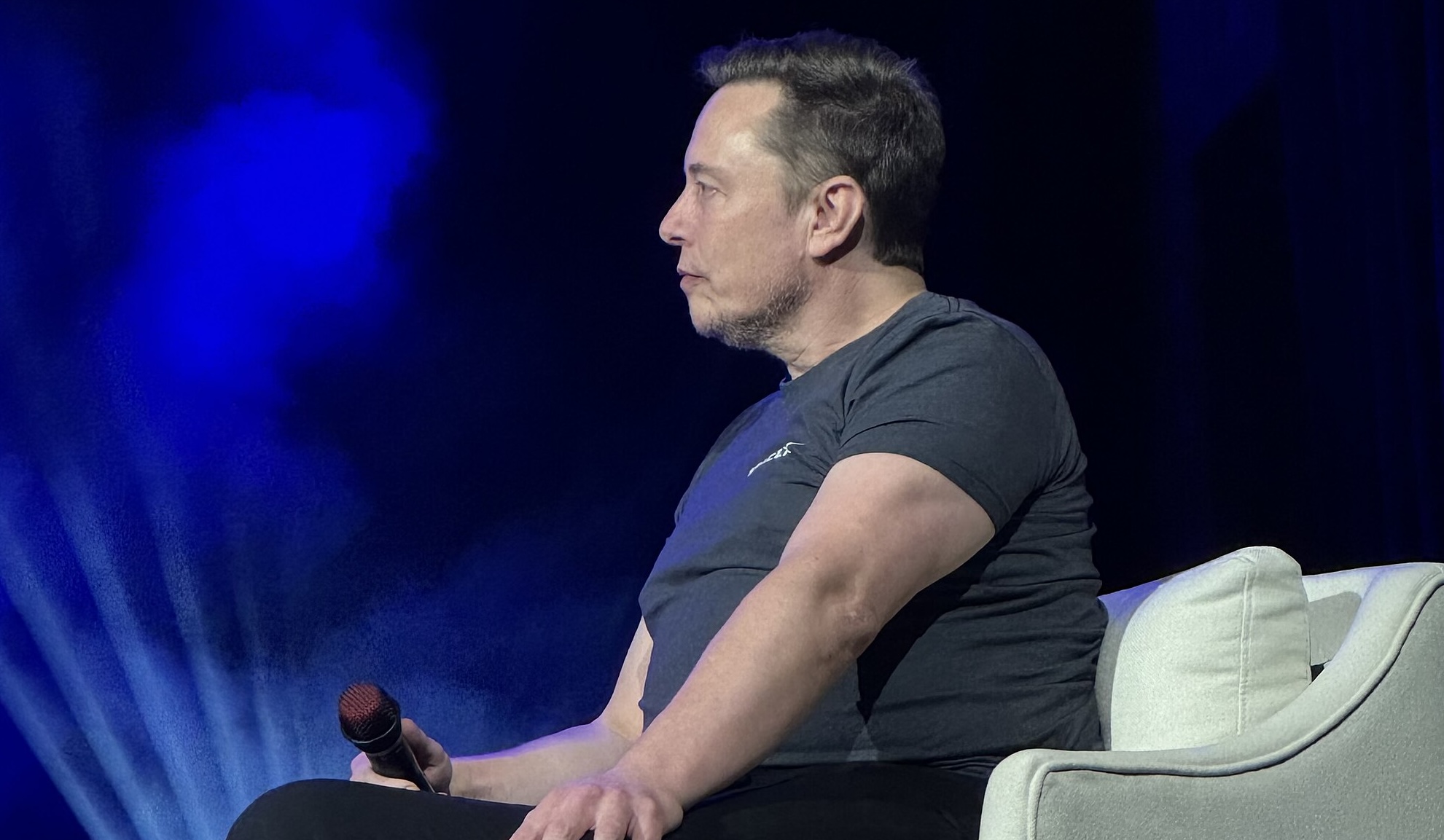
Tesla Board Chair Robyn Denholm has urged shareholders to approve CEO Elon Musk’s new 2025 Performance Award ahead of the November 6 Annual Meeting, warning that rejecting it could risk losing his leadership.
In a letter posted on Tesla’s official handle on X, Denholm stated that the company must “foster an environment that motivates Elon to achieve great things,” or risk losing “his time, talent, and vision,” which she described as essential to Tesla’s success.
Retaining Musk amid Tesla’s critical transition
Denholm’s letter emphasized Tesla is at a “critical inflection point” as it scales AI-driven projects such as Full Self-Driving (FSD) and Optimus. She argued that Musk’s leadership remains vital as Tesla pushes toward becoming “the leading provider of autonomous solutions and the most valuable company in the world.” Without a new performance-based plan, Denholm warned, Musk could step away, potentially costing Tesla significant long-term value.
“If we fail to foster an environment that motivates Elon to achieve great things through an equitable pay-for-performance plan, we run the risk that he gives up his executive position, and Tesla may lose his time, talent, and vision, which have been essential to delivering extraordinary shareholder returns,” the Tesla Board Chair stated.
The board’s proposed 2025 Performance Award aligns Musk’s compensation with ambitious targets while extending his commitment for at least 7.5 more years. Denholm stated that the vote is a defining moment for Tesla’s future direction, adding that the plan was designed to keep Musk focused on innovation while maintaining governance discipline. “A vote here is both an endorsement of Elon’s vision and a vote for Tesla’s carefully tailored strategy,” she said.
Musk’s pay history is rooted in performance
Elon Musk’s pay history with Tesla has long been unconventional. For years, he has declined a regular salary, instead directly tying his earnings to Tesla’s ability to meet ambitious production and market-value goals. His 2018 performance award, approved by shareholders at a time when Tesla had a market cap of just about $59 billion, granted him stock options only when Tesla reached aggressive growth milestones, such as growing the company’s market cap to $650 billion.
At the time, the milestones included $50 billion additions to Tesla’s market cap, which were considered by many to be unrealistic. Those goals were ultimately met by the electric vehicle maker, but a Delaware court later rescinded the plan in January 2024, calling it an “unfathomable sum.”
Tesla shareholders reaffirmed support for Musk’s pay in 2024, even as legal disputes continued. The board then issued an interim equity package valued around $29 billion while developing a new long-term plan earlier this year. Since then, Tesla’s Board has proposed Musk’s 2025 CEO Performance Award, which could be worth nearly $1 trillion, but only if Musk were to grow Tesla into the world’s most valuable company with a market cap of $8.5 trillion, among other aggressive and ambitious targets.
-
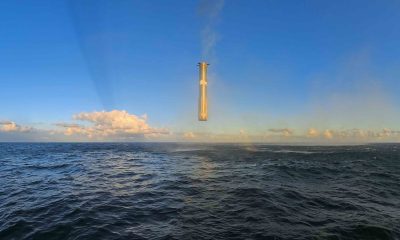
 Elon Musk2 weeks ago
Elon Musk2 weeks agoSpaceX posts Starship booster feat that’s so nutty, it doesn’t even look real
-
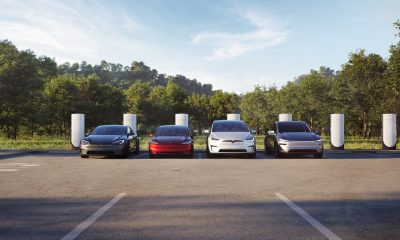
 Elon Musk2 weeks ago
Elon Musk2 weeks agoTesla Full Self-Driving gets an offer to be insured for ‘almost free’
-
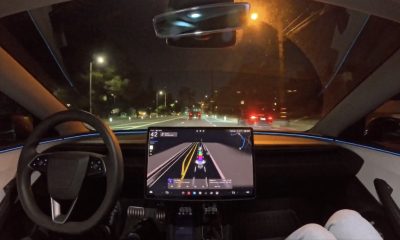
 News2 weeks ago
News2 weeks agoElon Musk confirms Tesla FSD V14.2 will see widespread rollout
-

 News2 weeks ago
News2 weeks agoTesla is adding an interesting feature to its centerscreen in a coming update
-
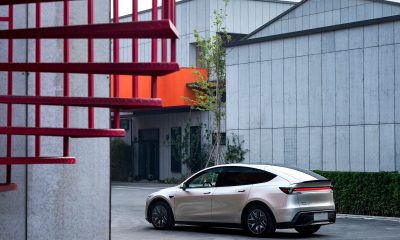
 News2 weeks ago
News2 weeks agoTesla launches new interior option for Model Y
-
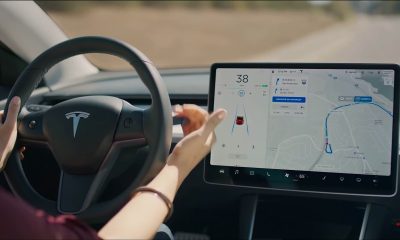
 News2 weeks ago
News2 weeks agoTesla widens rollout of new Full Self-Driving suite to more owners
-
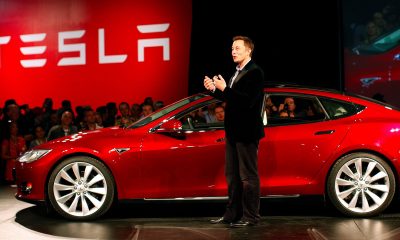
 Elon Musk2 weeks ago
Elon Musk2 weeks agoTesla CEO Elon Musk’s $1 trillion pay package hits first adversity from proxy firm
-

 News1 week ago
News1 week agoTesla might be doing away with a long-included feature with its vehicles


